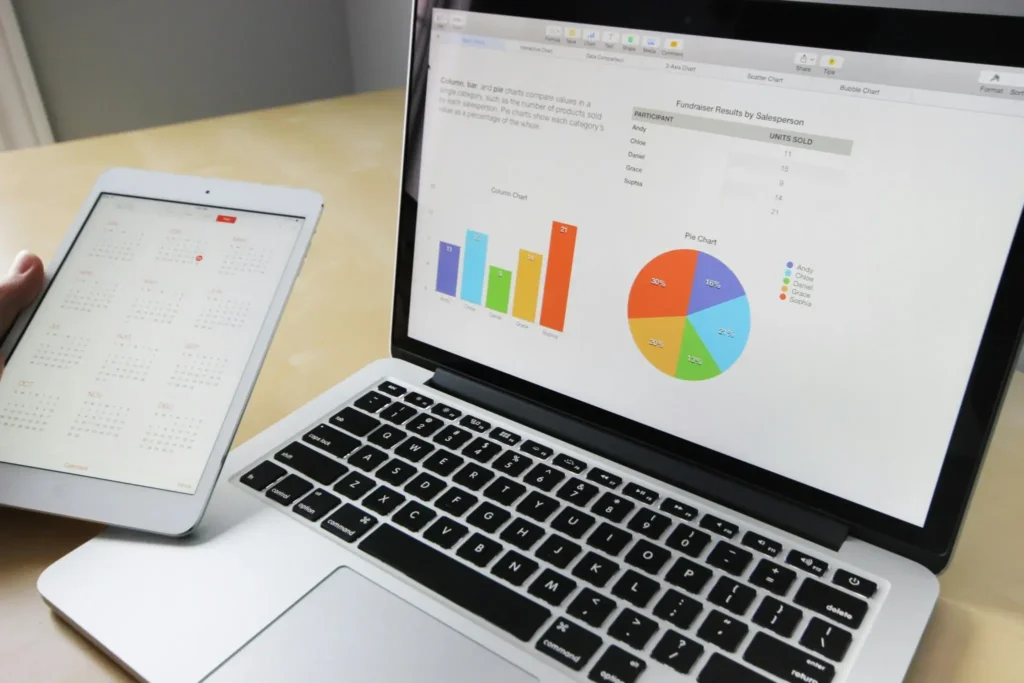We live in a world inundated with data. IDC predicts that the global datasphere will grow to 163 zettabytes by 2025 and unstructured data represents an estimated 80-90% of all enterprise data. Digital twins have reemerged as a transformative force—letting organizations harness this data and contextualize it for AI agents to use in high-value use cases across industries, from manufacturing to supply chain management.
In this article, you’ll gain insights about the digital twin concept from our conversation in the Invisible Machines podcast with Dr. Michael Grieves, the father of the digital twin concept who partnered with NASA to bring it to life.
Dr. Grieves emphasizes the diminishing relevance of structured data and the importance of pursuing manageable use cases that offer real value propositions. He also says that information serves primarily as a means to reduce physical exertion and how an overemphasis on the fidelity of digital twins, especially in the context of AI, may inadvertently slow companies down.
What Are Digital Twins?
Digital twins are virtual replicas that can represent all kinds of aspects of an organization’s things, including products, factories, buildings, supply chains, operations, and services. A digital twin could take the form of a factory floor map or an information architecture for supporting agentic automation. Rather than existing as standalone applications, the different types of digital twins should function as a framework that brings together data across different touchpoints, like IT systems, IoT sensors, and even individuals inside and outside of an organization. This interconnected framework encompasses the APIs, integrations, and data transformations necessary for effective data aggregation.
Digital twins are crucial for orchestrating AI agents, providing the context machines need to deliver meaningful and enriching user experiences. Just like humans, AI agents require clear instructions, feedback, objectives, and context to achieve their goals. The digital twin serves as a critical contextual foundation, enabling AI agents to behave appropriately depending on their environment. For example, you might share different information with a contractor, an employee, an administrator, or a customer.
Digital twins can leverage temporal data to run countless detailed simulations of events and utilize unstructured data—like documents, emails, and recorded calls—to create virtual representations of an organization’s inner workings.

How Do Digital Twins Work?
What truly distinguishes a digital twin from mere data lies in the relationships established between data points. Digital twins are not just about accumulating vast amounts of data; they are purpose-built frameworks driven by specific use cases that generate real value.
This interaction allows for effective visualization and decision-making, enabling businesses to streamline operations and minimize wasted resources. When information is harnessed to create actionable insights and optimize processes, it transcends its status as mere data and embodies the transformative potential of a digital twin.
Maintenance of Digital Twins
Maintaining a digital twin is not just a technical necessity; it’s a critical aspect that determines the system’s overall effectiveness. An outdated twin quickly becomes irrelevant, diminishing its value to the organization. The frequency of updates hinges on the specific use case at hand. For instance, the oil life indicator in a car may only require monthly checks, making it relatively low maintenance.
In scenarios where constant change is prevalent, however, upkeep becomes more complex and demanding. The challenge lies in the inevitability of change itself, which can evoke resistance within organizations. Understanding the extent and nature of change is essential to determining the maintenance schedule for your digital twin. By assessing the use case and the rate of change, organizations can establish a clear strategy for keeping their digital twins up to date, ensuring they continue to provide valuable insights and drive effective decision-making.

Digital Twin Use Cases
Aeronautics
NASA’s Earth System Digital Twins (ESDT) initiative, led by the Advanced Information Systems Technology (AIST) program, integrates diverse Earth and human activity models with continuous observations to create comprehensive digital replicas of Earth systems. These replicas support real-time predictions and impact assessments for various environmental phenomena, such as climate change and wildfires. By leveraging machine learning, data fusion, and advanced computational capabilities, ESDTs enable researchers to run “what-if” scenarios, offering insights that help predict and mitigate the effects of severe weather and other Earth science events.
Aviation
Rolls-Royce leverages digital twin technology to revolutionize engine maintenance in aviation. By creating a precise virtual replica of an engine, complete with real-time data from on-board sensors, Rolls-Royce can continuously monitor engine performance, allowing engineers to predict when maintenance is needed and conduct preventative repairs, reducing aircraft downtime and enhancing reliability. Digital twins enable Rolls-Royce to model complex scenarios and extreme conditions that physical tests can’t replicate, providing deeper insights into engine behavior.
Construction
The Singapore Land Authority (SLA) created “Virtual Singapore,” the world’s first digital twin of a nation, starting in 2012. Using aircraft with laser scanners and vehicles equipped with data-collecting tools, Singapore was mapped in 3D detail. This virtual model allows for better land use planning, flood risk analysis, and real-time monitoring of underground utilities. By enabling advanced simulations of construction scenarios and optimizing urban design, Virtual Singapore helps improve city operations, infrastructure planning, and overall safety as the nation continues to grow.
Healthcare
Johns Hopkins scientists have developed personalized digital twins of the heart’s upper chambers to guide precise treatments for patients with persistent irregular heartbeats, specifically atrial fibrillation. These digital replicas, created from MRI scans, simulate heart electrical activity and accurately identify areas of tissue that need to be destroyed to restore normal rhythm. This simulation-driven approach eliminates trial-and-error in treatment and helps prevent repeat procedures.

Conclusion
The evolution of digital twins moves through different phases. We’re currently in an ad hoc phase where organizations are actively building and experimenting with these systems. Here, AI emerges as a crucial player, capable of sitting at the center of various digital twins and enabling the exploration of solution spaces to facilitate meaningful connections. By leveraging AI’s unique strengths, organizations can simulate countless scenarios and identify effective solutions without the burden of excessive resource expenditure.
The key takeaway for companies embarking on this journey is the power of starting small. Rather than aiming for an elaborate, high-fidelity digital twin encompassing every aspect of the organization, focusing on low-hanging fruit use cases and low-fidelity twins, orgs can gain valuable insights and quickly build confidence in the process.
Learn more about the digital twin concept by watching or listening to the full episode with Dr. Michael Grieves.
The article originally appeared on the OneReach.ai blog.
Featured image courtesy: Daryna Moskovchuk.







